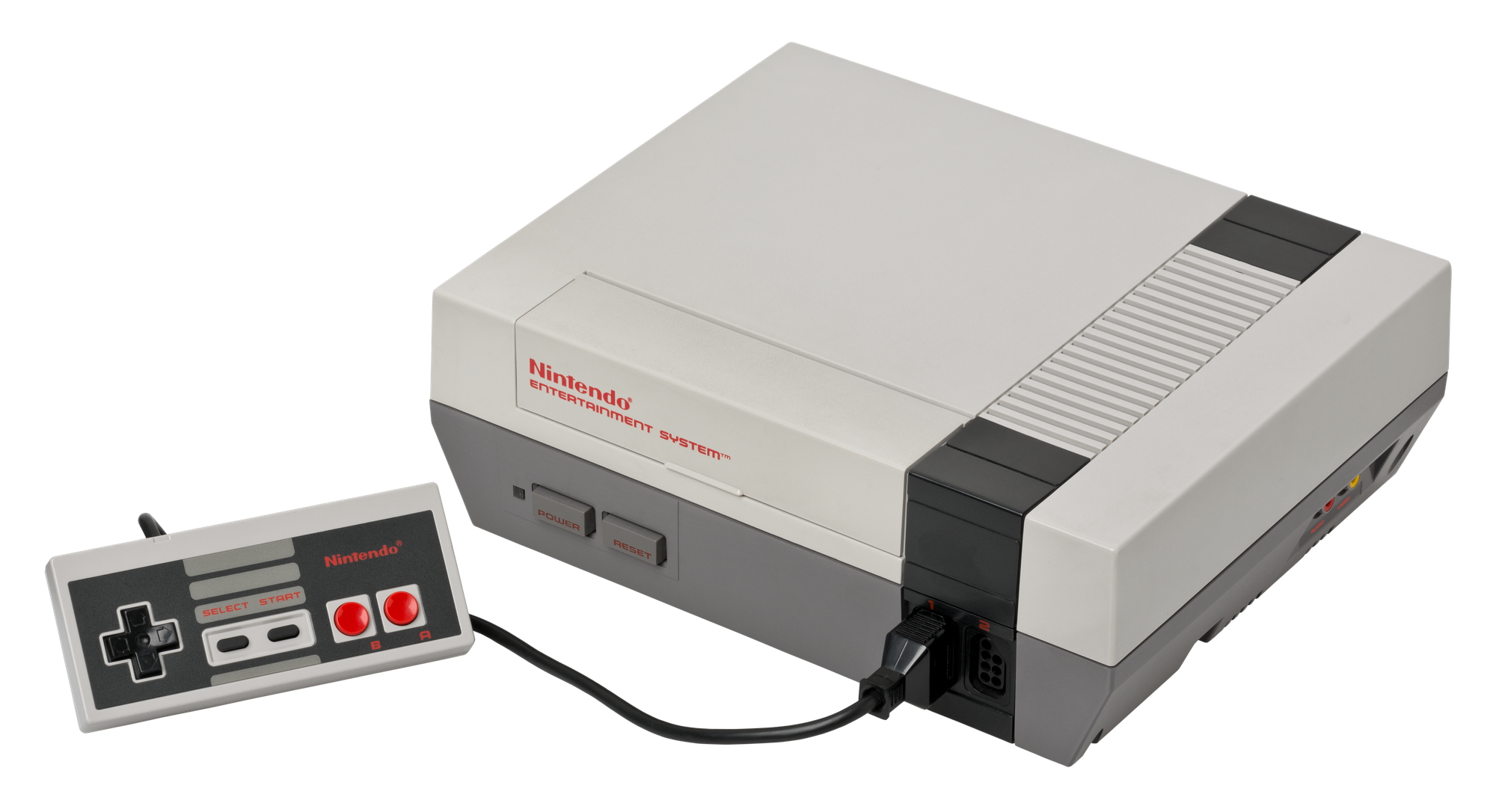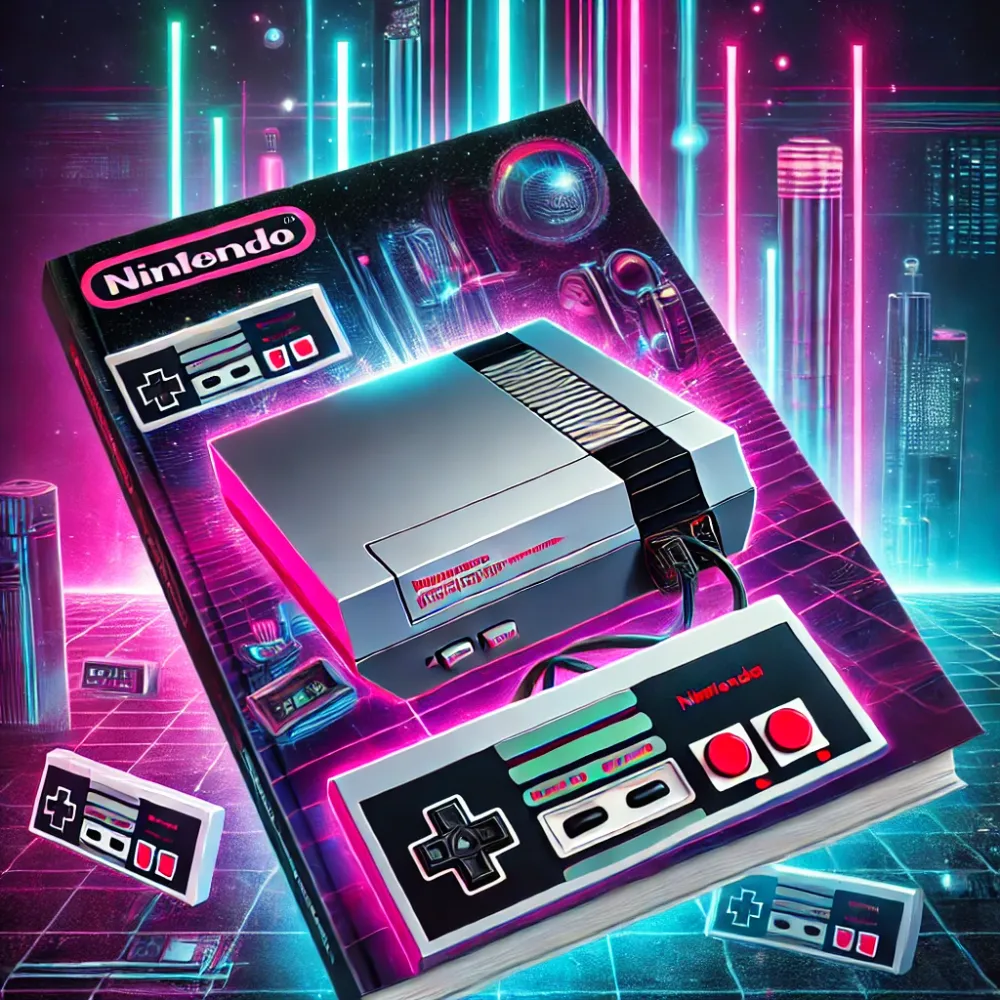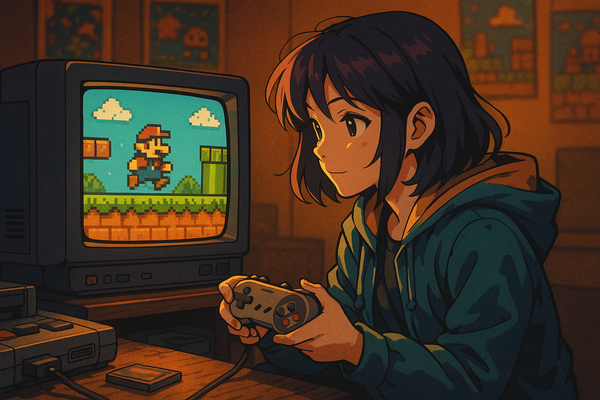Nintendo Entertainment System (NES): The console that revitalized gaming
In the early 1980s, the video game industry faced a massive downturn known as the "video game crash of 1983." Over-saturation of low-quality games and waning consumer confidence nearly brought the industry to its knees. In 1985, however, Nintendo introduced the Nintendo Entertainment System (NES) in North America, breathing new life into gaming and establishing a legacy that continues to shape the industry today.

The NES was a game-changer, with sleek, grey design and controllers that felt intuitive and comfortable. Its game library was revolutionary, setting new standards for gameplay depth, graphics, and storytelling. More than just a console, the NES was a cultural phenomenon that redefined what home entertainment could be, re-establishing video gaming as a central part of households worldwide.
Breaking into the market: The role of quality control
One of Nintendo's key strategies for rebuilding the video game market was its strict quality control. Unlike previous systems that allowed any game to be released, Nintendo created the "Nintendo Seal of Quality." This seal assured customers that each game met Nintendo’s high standards, effectively weeding out low-quality games and maintaining the reputation of the NES.
Nintendo also innovated by introducing the “lock-out” chip, a security feature in the NES that prevented unlicensed games from running on the system. These measures built consumer trust and helped avoid the issues that led to the earlier crash. The NES became synonymous with quality and reliability, setting the tone for Nintendo’s commitment to excellence that persists to this day.
Super Mario Bros.: The game that defined an era

While the NES offered a variety of games across multiple genres, none was more iconic than Super Mario Bros., released in 1985. Developed by Shigeru Miyamoto, Super Mario Bros. introduced players to Mario, an Italian plumber on a quest to rescue Princess Toadstool from the villainous Bowser. The game’s combination of precise controls, engaging level design, and memorable music made it an instant classic.
Super Mario Bros. was revolutionary in its use of side-scrolling mechanics, allowing for expansive levels filled with secrets and challenges. Each world introduced new elements, from tricky jumps and moving platforms to unique enemies and power-ups like the Super Mushroom and Fire Flower. The game rewarded players for exploration and skill, establishing platforming as a beloved genre and solidifying Mario as Nintendo's mascot.
The success of Super Mario Bros. extended beyond its gameplay. The game's catchy theme music, composed by Koji Kondo, became one of the most recognizable tunes in gaming history. The visuals, though simple, were vibrant and appealing, capturing the imagination of players young and old. Super Mario Bros. wasn’t just a game; it was an experience, one that introduced millions of people to the magic of video gaming.
The NES’s cultural impact and legacy
The NES wasn’t just a commercial success—it was a cultural icon. In the late 1980s, the NES was a staple in homes, and characters like Mario and Link became household names. The system inspired cartoons, comics, and merchandise, creating a Nintendo-centered pop culture that was embraced worldwide. Nintendo Power magazine, launched in 1988, connected fans with tips, previews, and news, deepening their engagement with the NES community.
Beyond entertainment, the NES introduced a generation to the concept of immersive digital worlds and complex gameplay. Many of today’s game developers started their journeys on the NES, learning the basics of game design by playing Super Mario Bros., The Legend of Zelda, and Metroid. The NES inspired creativity, passion, and a lifelong love for gaming, helping to shape the future of the industry.
The lasting influence of the NES
The NES’s impact on gaming is still felt today. It established many of the genres, gameplay mechanics, and design philosophies that continue to drive game development. Series launched on the NES, such as The Legend of Zelda, Metroid, and Final Fantasy, remain beloved franchises with devoted followings. Nintendo’s commitment to quality and innovation, set by the NES, has guided the company through every console generation.
Today, the NES is celebrated as a landmark in gaming history. Retro enthusiasts and collectors treasure their NES consoles, while newer generations experience its classic games through emulators and digital re-releases. The NES proved that gaming wasn’t just a fad—it was an art form, a form of storytelling, and a source of endless fun. Thanks to the NES, video games became an integral part of modern culture, bridging generations and inspiring millions.


